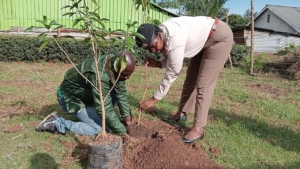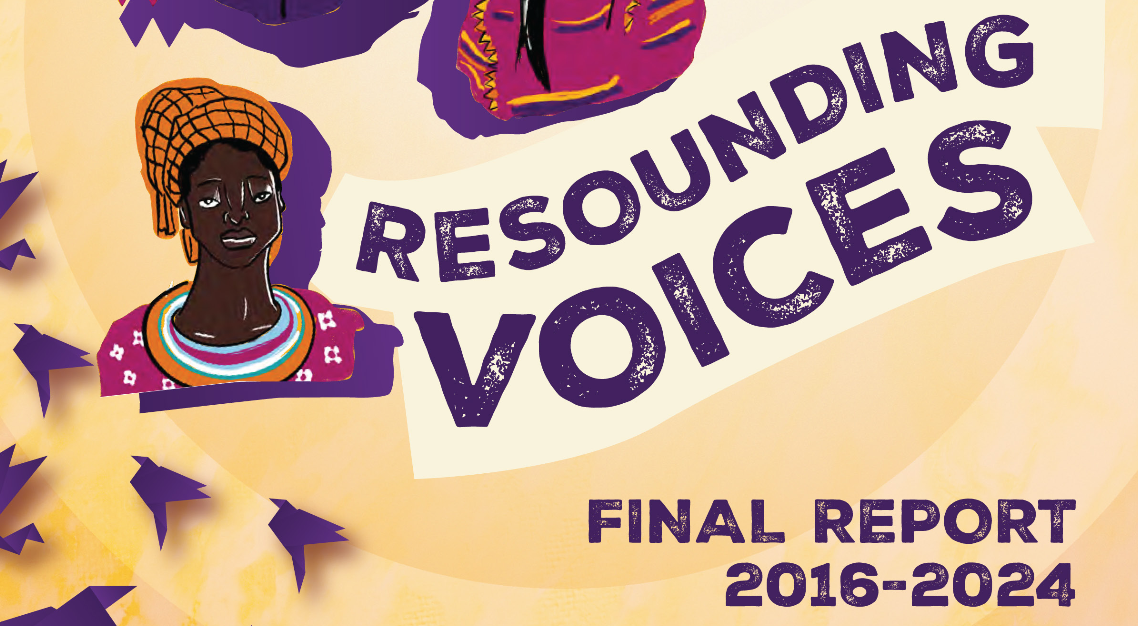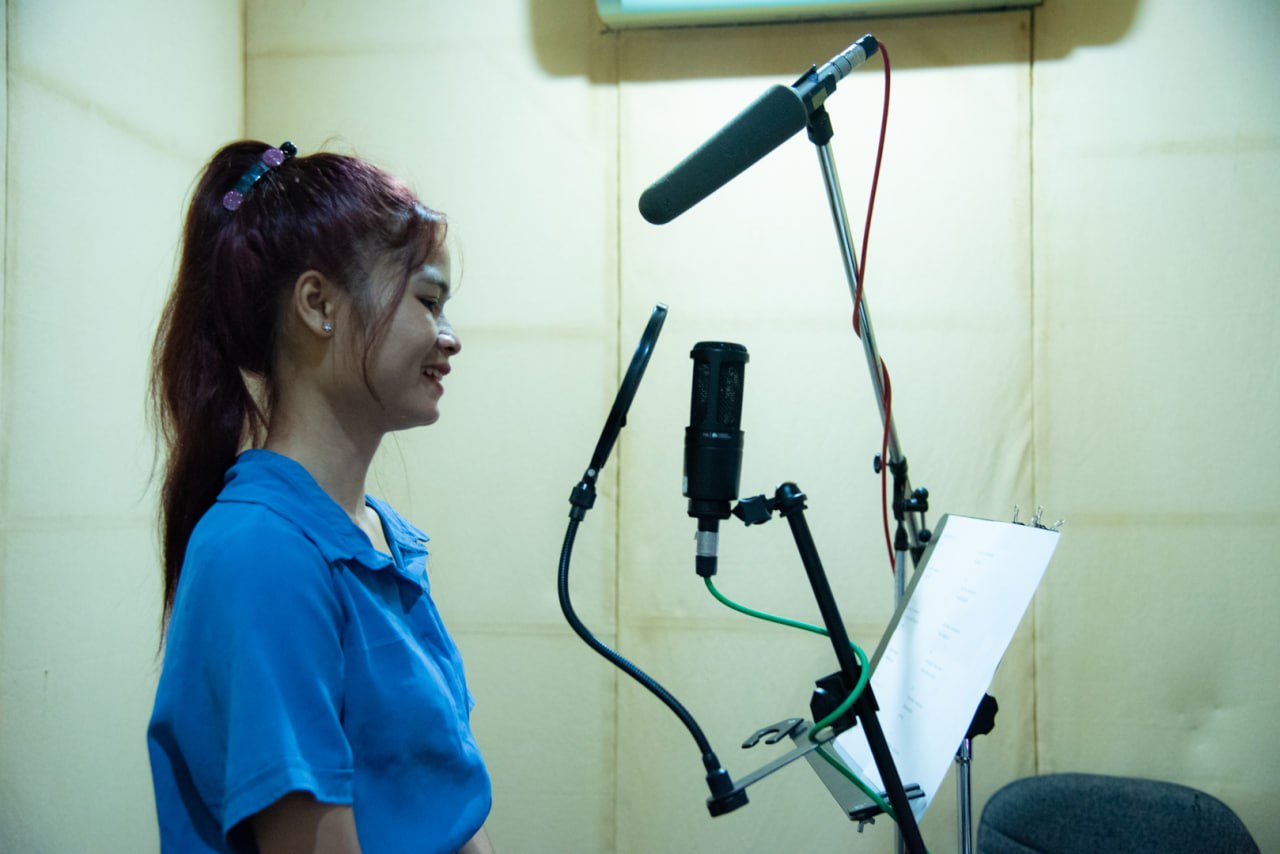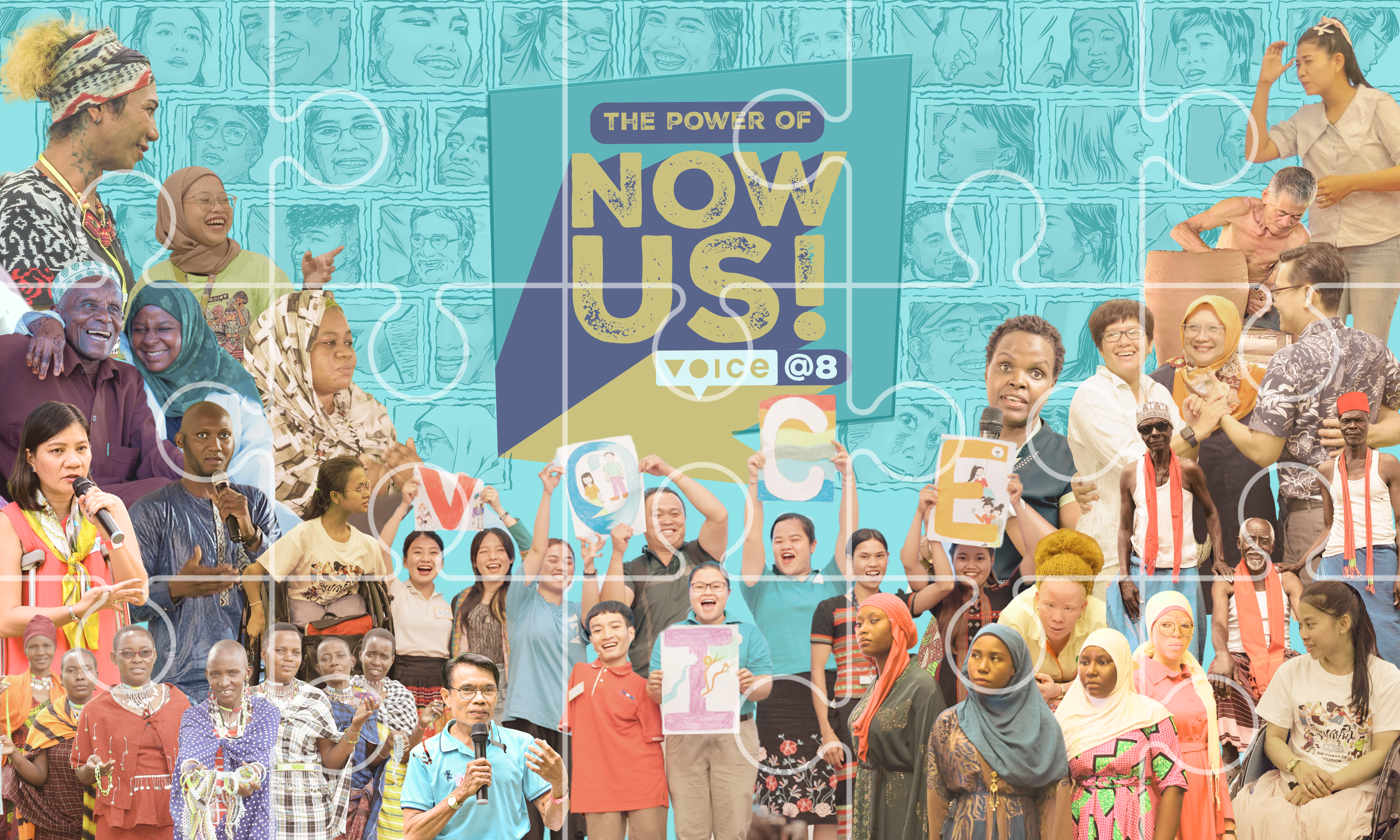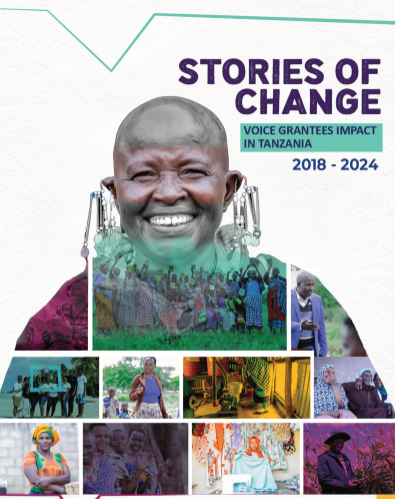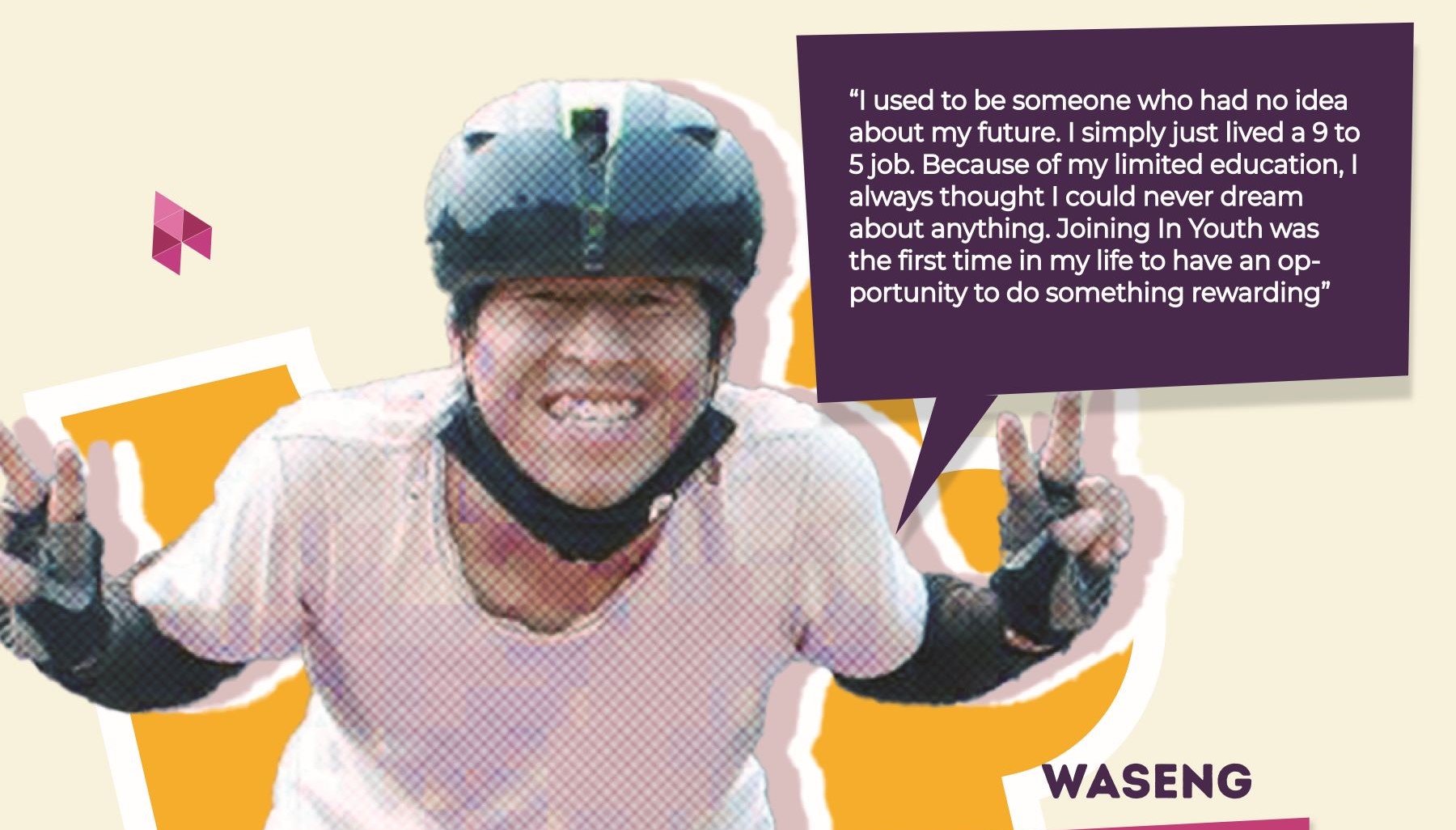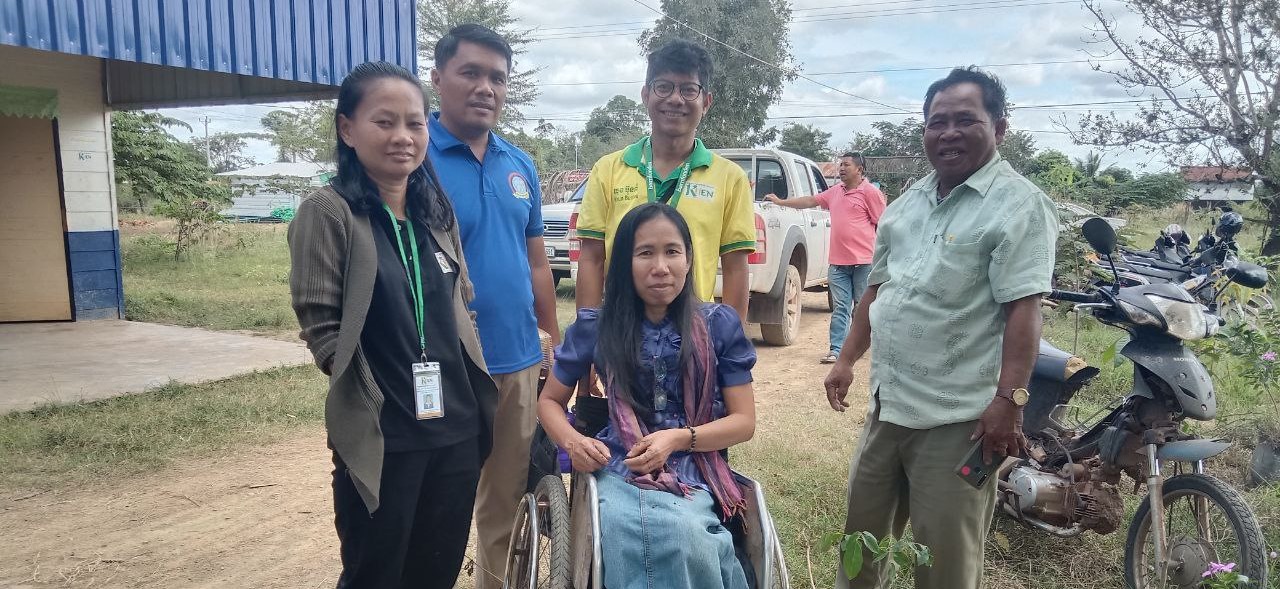Suba Kuria Green Park: Nature’s safe haven
Interview with Dennis Okore, Director Ideal Research Centre by Cynthia Makena, Linking, Learning and Amplifier Officer, Voice in Kenya
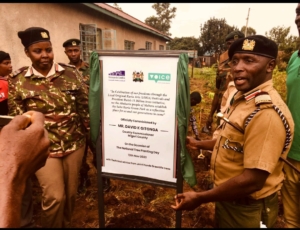
Could you share a bit about Ideal Research Centre?
Ideal Research Centre (IRC), an NGO committed to empowering development organisations in crafting people-centered solutions backed by robust evidence. Since our establishment in 2012, we have been dedicated to advancing evidence-based approaches by providing research, monitoring, and evaluation services. Our operations extend nationwide, with a special emphasis on the counties within the Lake Region Economic Block (LREB). Our mission is to foster evidence-based approaches that drive integrated solutions and positive outcomes. We envision a future where development efforts are grounded in reliable data, ensuring that every community can thrive with the necessary resources and services.
What was the Origin of Suba Kuria Green Park and the ideation process of the park?
Suba Kuria is a name deeply rooted in Suba Kuria community’s rich cultural heritage stands as a symbol of unity and environmental commitment. The idea of the Suba Kuria green park was mooted as a legacy project by the community during the stakeholder engagement activities in Mabera which informed the project community entry and sensitisation. This initiative mirrors the community’s commitment to sustainable living and folklore, inspiring projects like Loka Festival to advocate against harmful practices such as FGM, which endanger the dignity of women and girls in the Kuria community. In Kuria, it is estimated that every year nearly 1000 girls below the age of 18 in the Kuria community are at risk of being subjected to FGM. The community believes that they hold mythical powers, and their word is law, necessitating collaboration between county authorities, elders, and grassroots organisations to challenge and reshape norms driving such practices. The Green Park was unveiled on November 13, 2023, the inauguration being presided over by David K. Gitonga, the County Commissioner of Migori County. The inaugural ceremony aligned with the National Tree Planting Day, a cause to make use of the available rainfall, to nurture more trees as possible. The Park is a proactive stride toward achieving the United Nations Sustainable Development Goals, aligning with initiatives for sustainable cities (SDG 11), climate action (SDG 13), and life on land (SDG 15).
What role did the community play in the park’s development?
The community stands at the forefront of establishing the Green Park, embodying the principle of “Nothing for them without them.” The community were able to recommend Joint Hands Greenlife TREES, a community-based organisation based in Migori county who also mobilised community members to dig holes and prepare the ground for tree planting around the site. Community members also participated in approving the appropriateness of the site that was suggested by the Deputy County Commissioner Joyfillar Wambua, who has played a critical role in supporting the establishment of the green park. She shared that the park is a sanctuary that offers shade, purifies the air, and even provides resources for traditional medicine. Wambua’s vision transcends planting; it is a call to nurture these saplings into mature trees that will serve the community for generations.
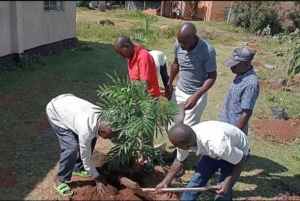
How does the park symbolize the commitment to both environmental conservation and cultural diversity?
The Park plays a pivotal role in addressing climate change and promoting environmental conservation. In the face of the global threat posed by climate change, the park signifies the community’s proactive stance in safeguarding the future by preserving both indigenous and new species of trees. These trees serve multifaceted purposes, acting as rainfall and water catchment areas, air purifiers, providers of pleasant shades, and creators of beautiful landscapes. Culturally, the park, adorned with indigenous trees, becomes a repository for preserving Kuria culture, housing herbs utilised for medicinal purposes. Moreover, the park will stand a poignant reminder, inaugurated with a grander purpose in mind – a united community dedicated to fostering a better, equal, and harmonious society built around the broader ambitions of Loka festival inspired by the themes of #faith #freedom and #feminism.
What are the hopes and goals for the park’s role in fostering sustainable practices and preserving cultural heritage in the long term?
The Suba Kuria Green Park stands as a vibrant hub where cultural heritage meets environmental stewardship. Through a myriad of cultural activities held within its embrace—celebrating customs, music, dance, and the arts—the park serves as a living testament to the Suba Kuria community’s rich legacy. This platform not only honours traditions but also acts as a catalyst for intergenerational dialogue, ensuring the transmission of cultural values to future generations. Simultaneously, the park rallies the community and the public toward environmentally conscious practices such as tree planting and preservation. Moreover, it aligns seamlessly with the LOKA festival’s overarching goals, fostering positive social and cultural ideals while firmly advocating for the rights of all individuals within a nurturing environment.
